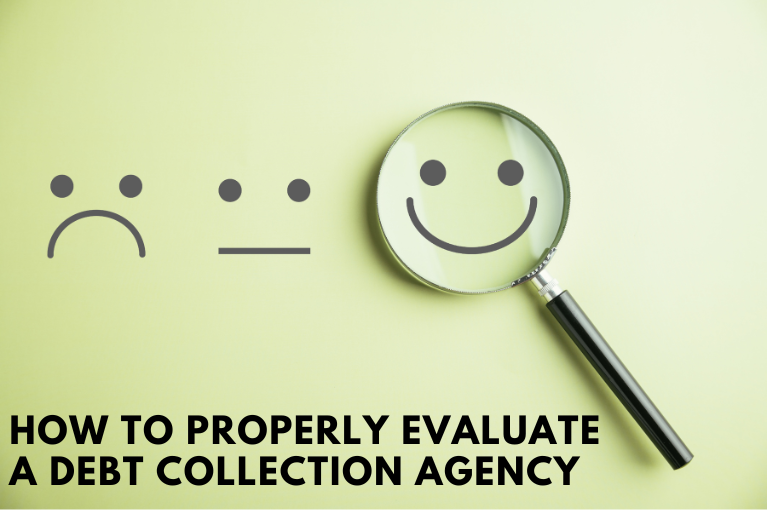Do you have an old bank account that you haven’t used for years but for some reason haven’t closed? Most of us do. The process of closing old bank accounts can be a really stressful undertaking, so most of us prefer to just leave them sit idle with a few dollars in them. However, this could be the start of a serious debt collection problem if you are not careful!
Just by their definition as “old” bank accounts, you are almost certainly not paying as close attention to your idle accounts as you are your current, active accounts. As these old accounts sit around unmonitored, all it takes is one small action to start the ball rolling, and before you know it you could end up owing thousands of dollars.
What Could Go Wrong?
One of the most common ways that this happens is from simple bank fees taking your idle account from slightly positive to slightly negative. This could be the result of a basic service charge, or it could also be an inactivity or low balance fee. Some banks have installed fees that kick in after an account sits idle for a period of time, and some accounts have penalties for not meeting their minimum balances.
Depending on how much money you have in an old account, these fees could take months, or even years, to move your account into negative territory. However, once the account crosses that threshold, there will be a host of overdraft and negative balance charges that can add up to thousands of dollars in a matter of weeks. If the account is really old, there is a good chance that the bank won’t even have accurate contact information to alert you to the situation.
Fraudulent Activity
Another way that your old bank accounts can leave you exposed happens when there is fraudulent activity on an account, but you are not monitoring the account because you don’t think of it as active. Just because an account is not being used by you doesn’t mean that someone else can’t fraudulently use that account’s debit card to overdraw the account!
If an account you don’t closely monitor falls into negative territory due to fraudulent activity, you might find yourself owing thousands of dollars before you are even made aware of the situation! Once again, if the account is old enough, there is a good chance that the bank doesn’t even have your current contact information. The entire account might go into collections before you even realize that there is a problem.
How to Protect Yourself
These are just two examples of scenarios where your old bank accounts that you believe to no longer be in use can come back to haunt you. In order to protect yourself against acquiring debt in this frustrating manner, the first step is to make sure you are always monitoring all of your accounts on a regular basis. You should also be checking your credit report frequently to make sure that there are no collections filed against you that you are not aware of.
If you have old accounts that are sitting idle, the best thing you can do to protect yourself is to close them. When you do this, make sure you obtain a written letter from the bank stating that the account is closed and no further activity can be conducted on the account. You should also make sure that you have correct contact information with any and all accounts you intend to leave open, and that you understand the account’s policies for inactivity and low balances.
Avoiding the risks of old bank accounts is not a very complicated process, but it does require you to be diligent about closing accounts and updating contact information, which is why many people ignore the pitfalls. However, the downside of exposing yourself to thousands of dollars of debt heading to collections from charges that could have been avoided makes properly handling your old bank accounts well worth your time!






